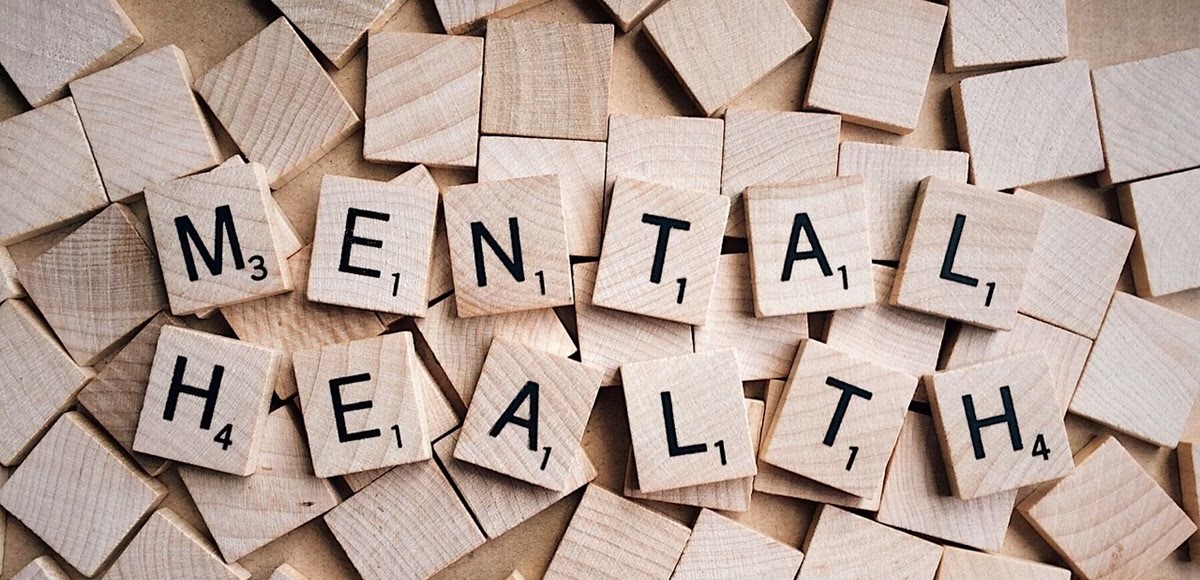India is facing a critical mental health crisis marked by rising disorders, persistent stigma, and inadequate infrastructure. Despite progressive laws and some initiatives, over 80% of those affected remain untreated. Urgent, coordinated action to expand access, reduce stigma, and boost resources is imperative to curb the social and economic toll.
India is at a pivotal moment with an escalating mental health emergency that demands immediate and comprehensive intervention. Recent analyses highlight that nearly 197 million Indians live with some form of mental disorder, yet vast treatment gaps exist, with many deprived of professional care due to stigma, shortage of trained mental health workers, and resource constraints.
Despite the Mental Healthcare Act of 2017 – a milestone that decriminalized suicide and guaranteed mental health rights – implementation remains weak. Suicide rates are still climbing, and government allocations for mental health have been largely unspent. Socio-cultural stigmas continue to label mental illness as weakness, while many rely on traditional or faith-based remedies instead of medical treatment.
Women, particularly homemakers and caregivers, face a rising epidemic of depression linked to urban stresses and social isolation. Rural populations are underserved due to workforce urban concentration and poor health infrastructure.
Government programs like the District Mental Health Programme and national helplines such as Tele MANAS have expanded outreach, reaching millions across the country. However, the overwhelming burden requires scaling up investment to at least 5% of the health budget, expanding workforce training for psychiatrists, psychologists, and mid-level providers, especially in rural areas.
Key Highlights:
-
Approximately 11% of Indian adults suffer from mental disorders, with a lifetime prevalence near 15%.
-
Over 80% of those severely affected receive little or no formal treatment.
-
The Mental Healthcare Act (2017) and National Suicide Prevention Strategy (2022) offer legal frameworks but face implementation challenges.
-
Socio-cultural stigma and traditional beliefs hinder help-seeking behavior and prompt secrecy.
-
Increasing depression among women caregivers and urban households remains underreported.
-
Workforce shortage: only 0.75 psychiatrists per 100,000 people versus WHO's minimum 1.7.
-
Government initiatives include DMHP, Tele MANAS helpline, school-based mental health programs, and insurance coverage for mental illnesses.
-
The economic cost of mental health disorders exceeds US$1 trillion, underscoring the urgency of investment.
-
Experts call for multi-sectoral coordination linking health, education, and social welfare to build a resilient mental health ecosystem.
India’s mental health crisis is not just a healthcare issue but a socio-economic and human rights imperative. A unified, well-funded approach with emphasis on awareness, destigmatization, decentralization, and technology-enabled care holds the key to healing millions and harnessing the nation’s demographic potential.
Sources: Gulf News, Vision IAS, Business Standard, The Hindu, Civil Services Daily

